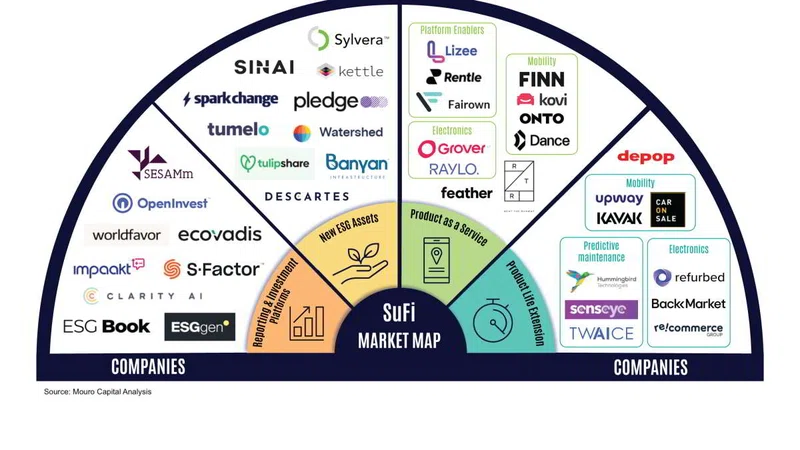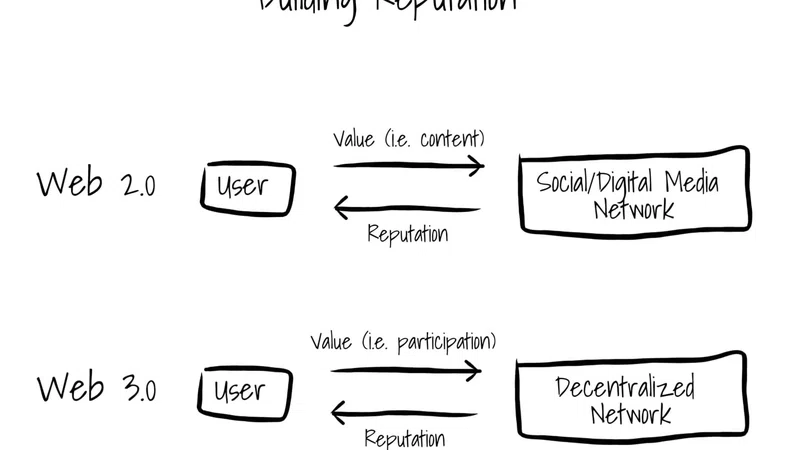If N26’s recent experience with Italian regulators this year proves one thing, it is just how precarious a bank’s fortunes can be without robust and, crucially, efficient anti-money laundering (AML) capabilities.
Where the firm fell foul of the regulators was in the vast number of potential financial crime red flags that resulted from rapid growth in Italy, and in the challenges with processing them all at speed. N26 acknowledged in a statement in April that ‘more needs to be done’ in this field and is investing accordingly.
Yet it’s not an isolated case. A 2021 review completed by the UK Financial Conduct Authority (FCA) also highlighted similar concerns with some challenger banks operating in the UK. With more than eight million retail customers covered by six challenger banks, the ability to open bank accounts quickly and easily was countered by some of the firms failing to capture Know Your Customer (KYC) details such as income and occupation.
This presents a challenge – while the FCA supports challenger banks’ use of innovative technologies, the regulator also highlighted that ‘Challenger banks should consider the findings of this review and continue enhancing their own financial crime systems to prevent harm.'
But what can be done in these cases? How can firms, under a legal obligation to handle investigations in a timely manner, deal with the sheer volume of potential criminal violations and not end up with a backlog that raises the attention of regulators?
And let’s not forget that there is far more at stake than just sanctions. There is the lasting reputation damage that can also result in loss of business and reduction in shareholder value.
Mitigating the risk with advanced technologies
It goes without saying that every financial services firm must be secure and do all it can to protect its customers from each and every threat out there. If not, they are effectively being wilfully blind to immense risk.
The key lies in the balance between quantity of data, the quality of the tools detecting suspicious cases and how efficient investigations are supported.
Investigators want as much data as possible to help understand the highlighted cases; but only pertinent to the case they are investigating. But without the best analytics tools, there is a risk too many cases, and associated data, is delivered to investigators to manage. Without efficient workflow engines, presenting data in appropriate consumable ways for investigators, that mountain of data and cases can become an insurmountable problem in itself.
Equipped with this three-fold armoury, data and cases can be processed according to priority efficiently.
In the case of financial crimes such as money-laundering, terrorist financing, or synthetic identity fraud, that means the seriousness of the risk as an initial indicator. It also means filtering out the false positives from simple things such as data input errors, which trigger red flags that turn out to be innocuous. However, some systems may nevertheless highlight these for investigation.
Advanced AI, machine learning and deep learning tech is engineered with this balance, and these priorities, in mind.
At its core it is a machine that ensures investigators go after fewer, higher impact cases – to focus investigations on cases that present risk to the firm, and need review in order to mitigate that risk.
Through automation, and applying multiple detection methods - including techniques such as business rules, anomaly detection and network analytics designed to spot signs of the most complex financial crimes - hybrid technology systems allow users to be confident scenarios are more accurate, reducing false positives by 50-70%.
To have the most rigorous possible approach to financial crime detection, firms must first define the risks faced by each customer, company, and relationship. AI systems automate risk evaluation at an individual firm or bank level. They consider factors such as the category of transaction - be it cash or electronic, purely domestic or international - and then by the type of account activity and peer account activity taking place. Through this automation, effective scrutiny of transactions and accounts can be achieved.
A joined-up approach
AML investigators know that to be effective, and efficient, they need to have a comprehensive, holistic view of any network associated with customer activities. This allows the investigators to better understand the nature and context of any associations between accounts; then position any transactions or activities within that context. Furthermore, having the technology tools available to automate as much of these identification processes as possible helps filter through the mass of accounts and transactions.
With advanced AI network analytics and model development capabilities they can have both. And what’s more, with machine learning the platform becomes smarter and more adept at processing the data unique to each network.
Vitally, the net for catching the criminals covers every stage of the customer life cycle - from the moment they apply to open a new account. The due diligence stage, any financial firm will know, is one of the most crucial steps when it comes to creating that initial relationship. It is the initial understanding of how a client will behave. When transactions start to occur is when the complexity can increase almost exponentially.
The right AML technology provides total visibility right from the start and begins watching for red flags and suspicious behaviours from the moment due diligence begins. It provides for efficient screening of transactions by new and existing customers, against watchlists. It then completes scoring and filtering through a comprehensive range of customisable rules. It also has the capability to develop new strategies to cover emerging and new risks, and adjust and update existing strategies as risks evolve.
For auditing purposes all of this can be made compatible with any internal model governance a firm has in place, and, importantly, with those set by external regulators.
Often these systems include a comprehensive case management platform which provides a dashboard and alert function that kicks in as soon as a serious threat is identified, then sorts these alerts with a ‘triage’ system.
The functions and rules of the best analytical scoring engines are also open-box and customisable, allowing investigators to define and adjust threshold boundaries to suit their own risk profiles.
Will we catch it all?
The risk, as any firm knows, can never be totally removed. The rewards of financial crime are simply too lucrative. What firms can do is identify their own level of risk, based on their customer base and products offered, and implement systems to mitigate those risks. Application of AI techniques, within a robust business framework, offers greater accessible capabilities for firms to best mitigate risks. The framework must consider all aspects of the process – data, detection and investigation.













